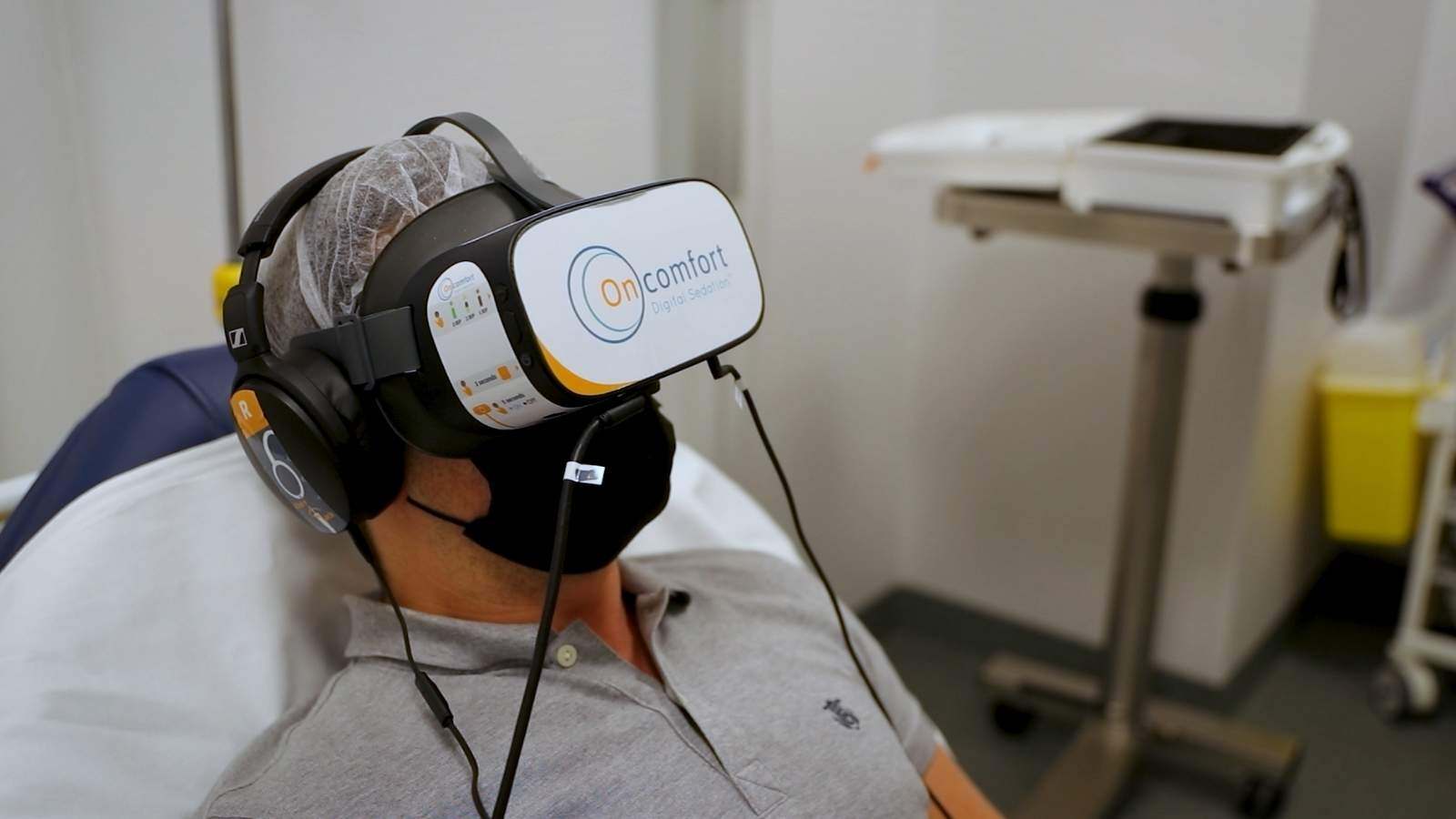Elemental impurities might not be the first thing you think of when it comes to drug safety, but they are crucial to understand. These impurities can significantly affect human health, and managing them effectively is essential for safer pharmaceutical products.
In this blog post, we’ll explain the impact of these impurities, introduce the ICH Q3D guideline for elemental impurities, and discuss how the industry manages risks to ensure the safety of medications.
Join us as we explore the importance of these guidelines and how they help protect us, ensuring that the medicines we depend on are both safe and effective.
Metals: Necessary, But With Risks
Metals are a fundamental part of our daily lives, present in everything from electronics to medicine. However, their presence as impurities in pharmaceutical products can be harmful.
Ingestion of elemental impurities can trigger toxic metal poisoning, affecting vital organs such as the brain, bones, kidneys, liver and lungs.
The severity of these effects depends on factors such as:
- the chemical state,
- the route of absorption
- and the concentration of the element.
Therefore, their presence in medicines requires careful consideration.
Sources and Risks of Elemental Impurities in Pharmaceuticals
Several factors during pharmaceutical production can introduce impurities such as (but not limited to) toxic metals, including:
- Active Pharmaceutical Ingredients (APIs)
- Excipients (inactive ingredients)
- Manufacturing equipment
- Packaging materials
- Residual catalysts used during component synthesis
Despite their prevalence, these impurities offer no therapeutic benefit and pose potential toxicity, necessitating strict control over their levels within pharmaceutical products.
ICH Q3D: A Guideline for Safeguarding Patients
To safeguard public health, the European Medicines Agency has implemented the ICH Q3D guideline, which is structured around the ICH Q9 standard for quality risk management.
This guideline is crucial for evaluating and controlling elemental impurities in medicinal products, ensuring they remain within the acceptable limits prescribed by regulatory authorities.
Classifying Impurities Based on Toxicity and Administration
The acceptable level of elemental impurities, known as the Permitted Daily Exposure (PDE), varies depending on the route of administration (oral, parenteral, inhalation). The ICH Q3D guideline also provides methods for establishing PDEs for unlisted routes.
The ICH Q3D classifies elemental impurities into three groups based on their toxicity and administration route:
- Class 1 (High Toxicity): Includes As, Cd, Hg, and Pb. Due to their established toxicity and limited use in drug manufacturing, they require evaluation from all potential sources for all administration routes.
- Class 2 (Toxicity Varies by Route):
- Class 2a (Co, Ni, V): Requires evaluation from all potential sources for all administration routes.
- Class 2b (Ag, Au, Ir, Os, Pd, Pt, Rh, Ru, Se, Tl): Requires evaluation only if intentionally added.
- Class 3 (Low Toxicity): Includes Ba, Cr, Cu, Li, Mo, Sb, and Sn. Requires evaluation for inhaled and parenteral routes.
Regardless of the administration route, any elemental impurity intentionally introduced into the medication must be thoroughly assessed.
The Risk Assessment Process: Safeguarding Patient Health
The ICH Q3D outlines a three-step risk assessment process for elemental impurities:
1. Identification
Pinpoint potential sources of impurities, including inorganic agents, catalysts, APIs, excipients, container closure systems (CCS), and manufacturing processes (equipment, water, utilities). Utilize prior knowledge, published data, supplier information, and data from similar processes for this identification.
2. Assessment
The ICH Q3D offers three options for assessing the risk of elemental impurities:
- Option 1: Applicable when the daily dose is below 10 grams. The assessment considers a control threshold of 30% of the established PDE. If the estimated concentration of all elements falls below this threshold, no further action is needed.
- Option 2a: Employed when the daily dose exceeds 10 grams. This option establishes a fixed maximum concentration (micrograms per gram) for each component based on the actual daily intake.
- Option 2b: This option considers the concentration of elemental impurities in each individual product component.
- Option 3: Direct measurement of elemental impurity concentration in the final product.
3. Documentation and Controls
Summarize and document the risk assessment. Evaluate the adequacy of existing controls and identify additional measures necessary to limit elemental impurities, if required.
If levels of elemental impurities exceed the established PDE values, justifications based on the duration of administration and specific medical indications may be necessary.
Conclusion: Ensuring Safety and Compliance
If you require monitoring studies to guarantee the quality and safety of your pharmaceuticals, our team offers comprehensive analytical services to help you comply with regulatory standards and safeguard consumer health.
We conduct thorough studies to detect and quantify impurities, ensuring your products adhere to established limits.
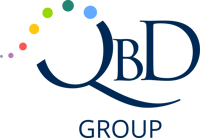

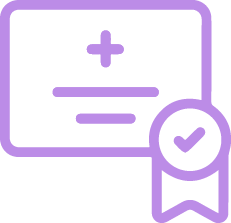
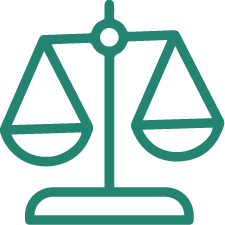
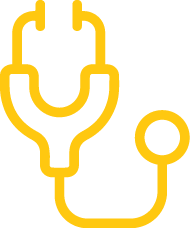
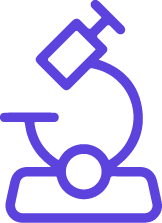
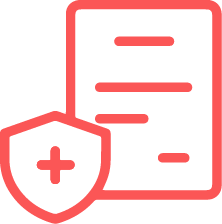
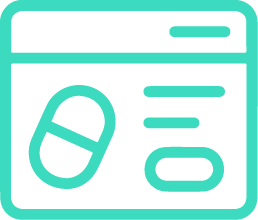



.jpg)







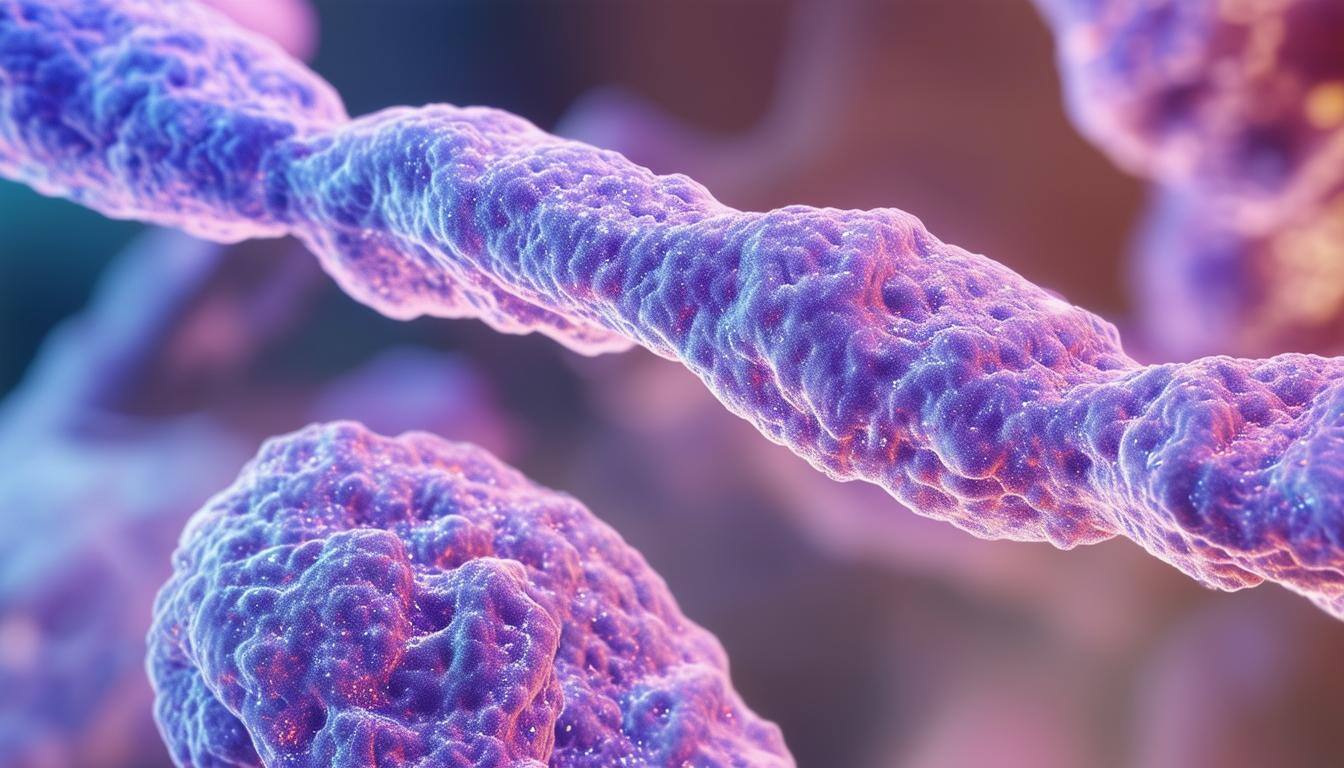
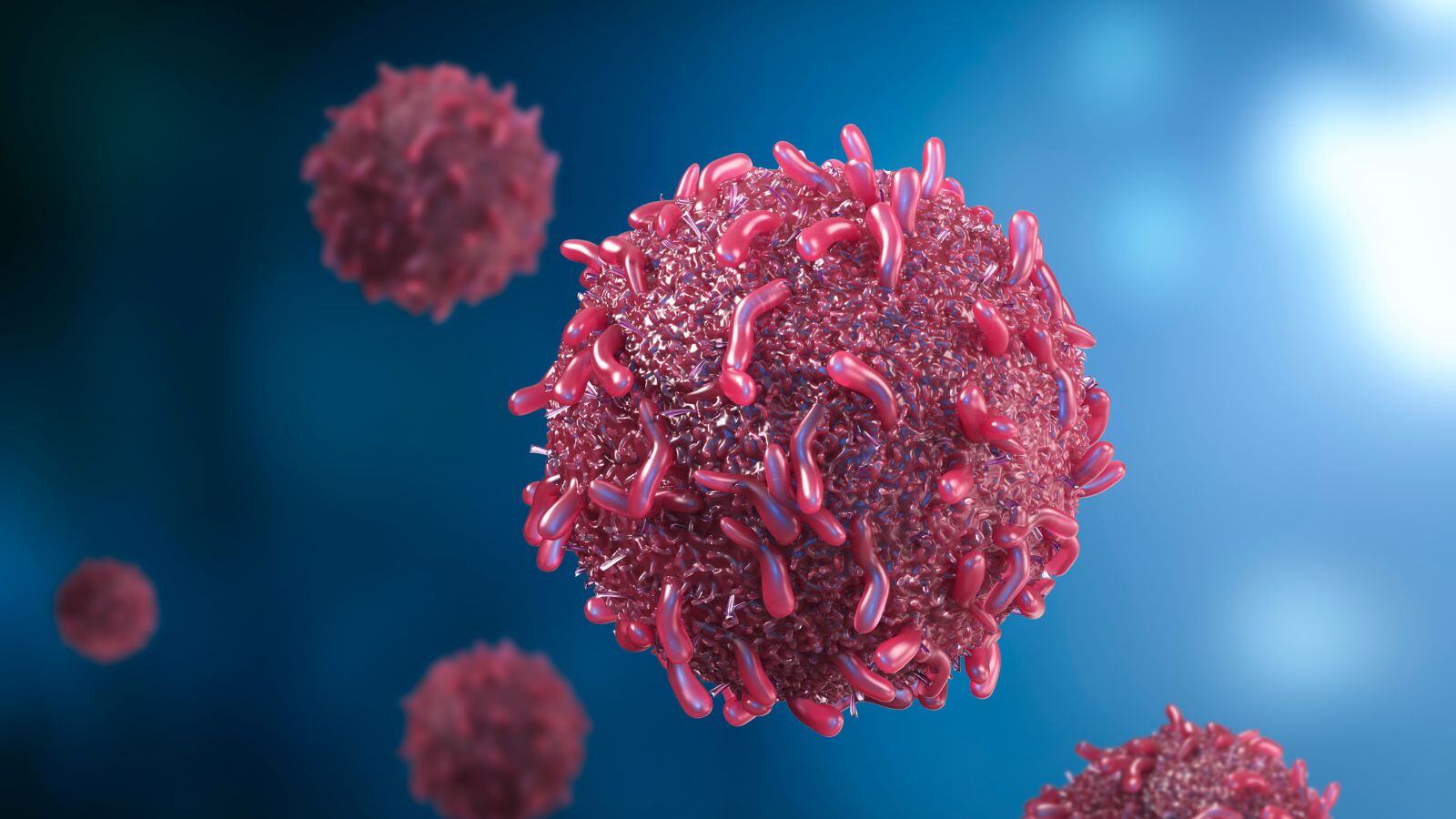
.png)

.jpg)
